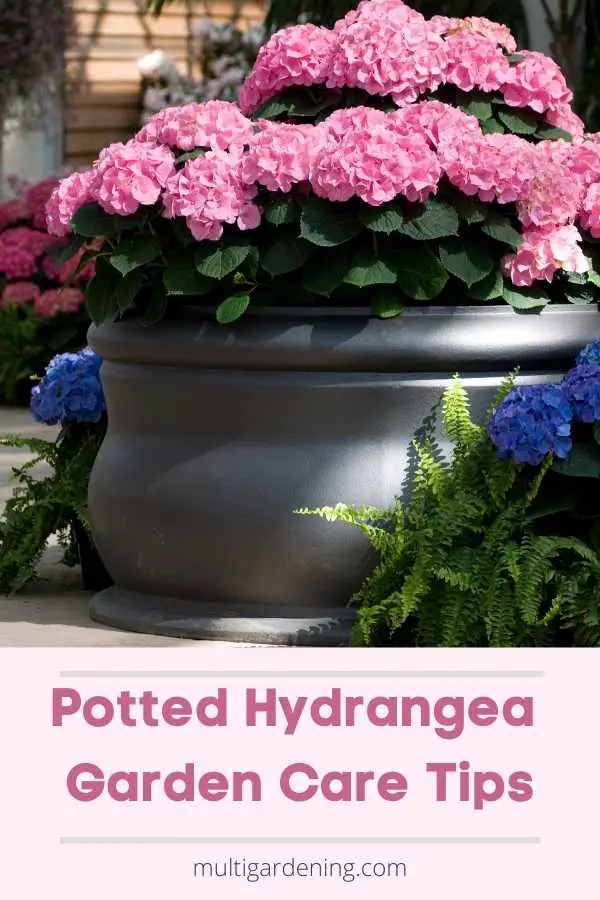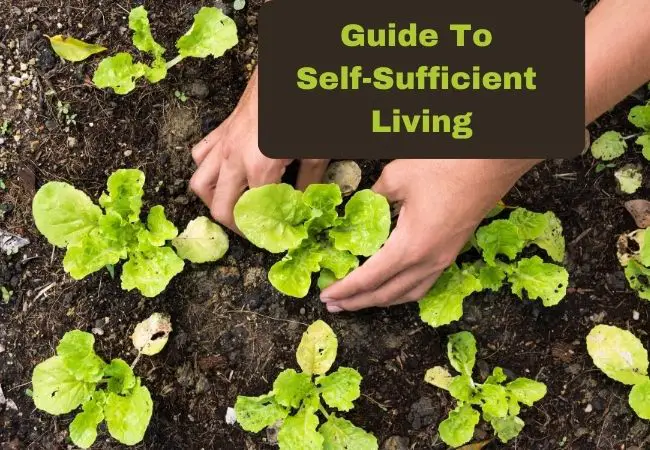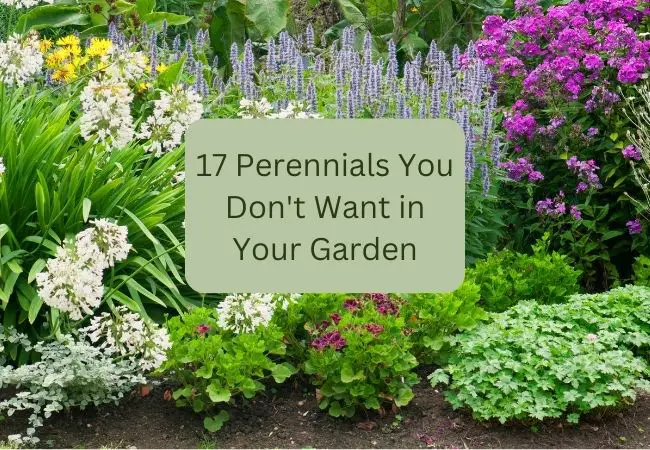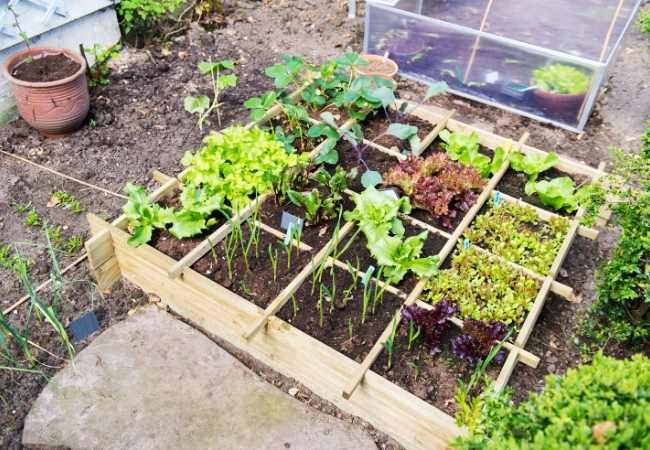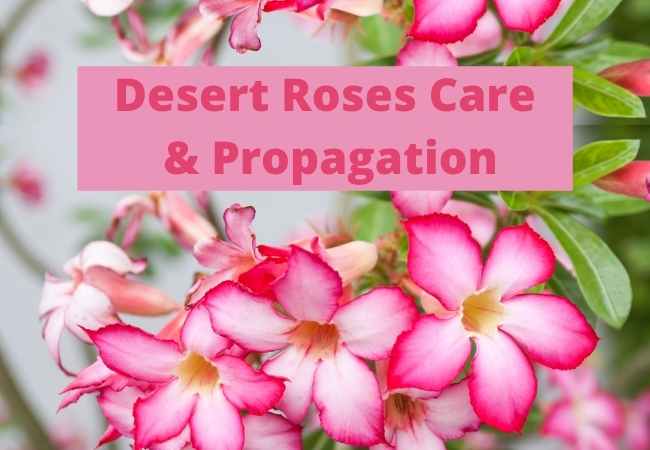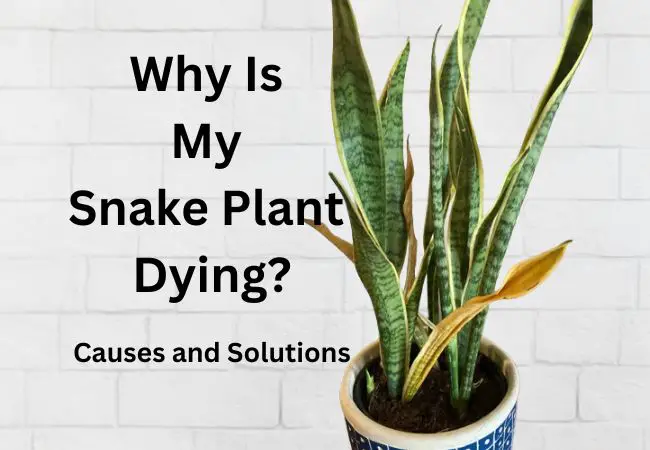Potted Hydrangea Garden Care Tips
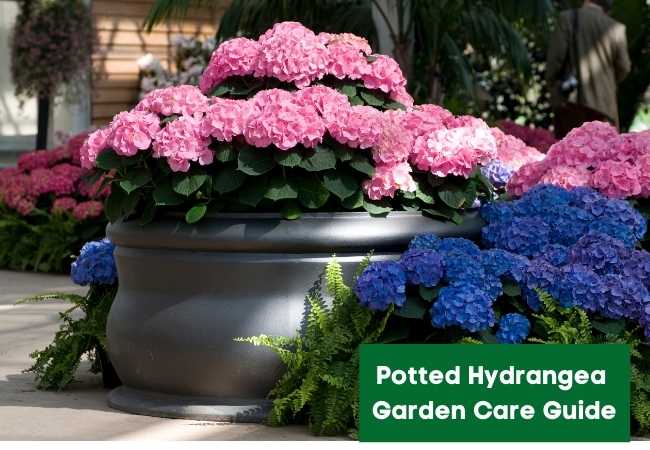
Great potted hydrangea garden care tips can help produce beautiful blossoms that will make awesome cut flowers. Hydrangeas are ideal flowers for gardens and landscapes. The flowers are available in different shades of white, pink, purple, and blue. Hydrangeas can be grown easily in pots and containers especially when given the right conditions.
Potted Hydrangea Garden Care Tips
There are different varieties of Hydrangea flowers that you can establish both in the gardens and in pots. When choosing varieties for pots it’s advisable to go for smaller varieties. The smaller varieties will not outgrow the pot too fast.
Examples of small varieties that you can plant successfully in containers include Bloomstruck and Endless Summer hydrangeas.
Pot selection
When choosing your pot, go for something relatively large. Use the same sized pots that you would use to grow other shrubs and trees such as Boxwood.
The minimum size should be about 18 to 20 inches in diameter. Using a large pot helps ensure that there is enough soil for the plant which will also hold enough water.
It also helps ensure that the plant’s roots have enough room to grow and support the hydrangea.
Light
The ideal light requirements for hydrangeas are morning sunlight and shade in the afternoon. If your hydrangeas are located in a place where they get too much sun, they will not get a maximum bloom.
When you plant them in pots and containers, you can move them around and ensure they get the right amount of sun.
Planting them in pots also allows you to move them to different locations for decoration.
Soil
For best results establish your Hydrangea in well-drained rich soils. If you are using rocky soil or dirt from your garden, you can improve it by adding small amounts of compost or organic soil enhancers at a one-to-one ratio.
Planting Hydrangeas in Pots
Fill the container 2/3 with the soil mix. If you are planting your flowers in a pot that had a plant previously, loosen the soil to make sure the roots will have an easy time growing. Also, enrich the soil and add back any nutrients that may have been depleted.
Make a hole that is about 1 and a half larger than the size of the hydrangea’s root ball. Remove the hydrangea from its pot and place it in the planting hole.
Make sure that the plant is at the same level it was in the pot, not higher or lower than the dirt on the sides. Fill the sides of the plant with the backfill and compact it all around the plant.
Change Hydrangea Color
You can change the color of your hydrangea. However, not all varieties can change color. The majority of the blue and pink ones can change color. Those with other colors such as Limelight hydrangea don’t change color.
The color of the hydrangea is changed by altering the pH of the soil. If it is acidic the blooms become blue or lavender and if it is alkaline the blooms become pink.
To alter the pH of the soil, add a soil acidifier to increase acidity or add garden lime to increase alkalinity.
Mulching Hydrangeas
Applying mulch is necessary to keep the roots moist. Hydrangeas form shallow roots which can be prone to drying out quickly. However, mulching is often needed especially for newly established hydrangea flowers.
Watering
Watering is critical for potted hydrangea gardens. If the plants don’t get enough water, they will wilt. Generally, hydrangeas require more water compared to other potted plants.
You will also need to increase the watering frequency during the hot summer days. Stick your finger in the soil and check if the top layers are dry.
When you water, do so thoroughly. Soak the plant until you notice water dripping from the bottom of the pot. If you don’t water properly, your plant will get water stress. With hydrangeas, you are better off over-watering than underwatering.
Fertilizing
The best way to fertilize your hydrangeas is by using NPK (nitrogen, phosphorous, and potassium in the ratio of 10-30-10.
The fertilizer should be applied mid-season to give the flowers a boost. The first summer after planting, you don’t need to fertilize the flowers if you include fertilizer in the planting soil. Don’t go crazy with fertilizing hydrangeas.
Pruning Hydrangea Flowers
Pruning hydrangea plants is not a must. Just cut off the flower blooms and use them for different floral arrangements. If you want to enjoy your flowers in the pot, you can let them be.
Caring for Hydrangeas Over Winter
If you are in an area that gets very cold, you can move your hydrangea containers into an unheated basement or garage.
Although the plants are dormant, you should water them at least once every six weeks. They are not growing or using a lot of water, but you also don’t want the roots to dry out completely.
The hydrangea shrubs that are growing in the garden get some water from the ice and frost.
Hydrangea Diseases
Hydrangeas can be attacked by common plant diseases such as powdery mildew as leaf spot. To reduce the risk of attack, avoid wetting the foliage when watering.
You can also apply fungicides as soon as you notice any symptoms.
Related Posts:
Final Thoughts
Hydrangeas are awesome flowers and produce gorgeous blooms. The Hydrangea blooms are great to look at as well as cut and include them in different types of floral arrangements designs.
Hopefully, you found this post on potted hydrangea garden care tips helpful. Please consider sharing it and following me on Pinterest for more useful posts on flower gardening.
